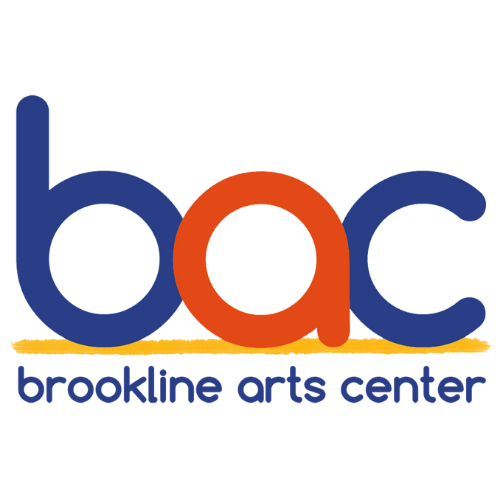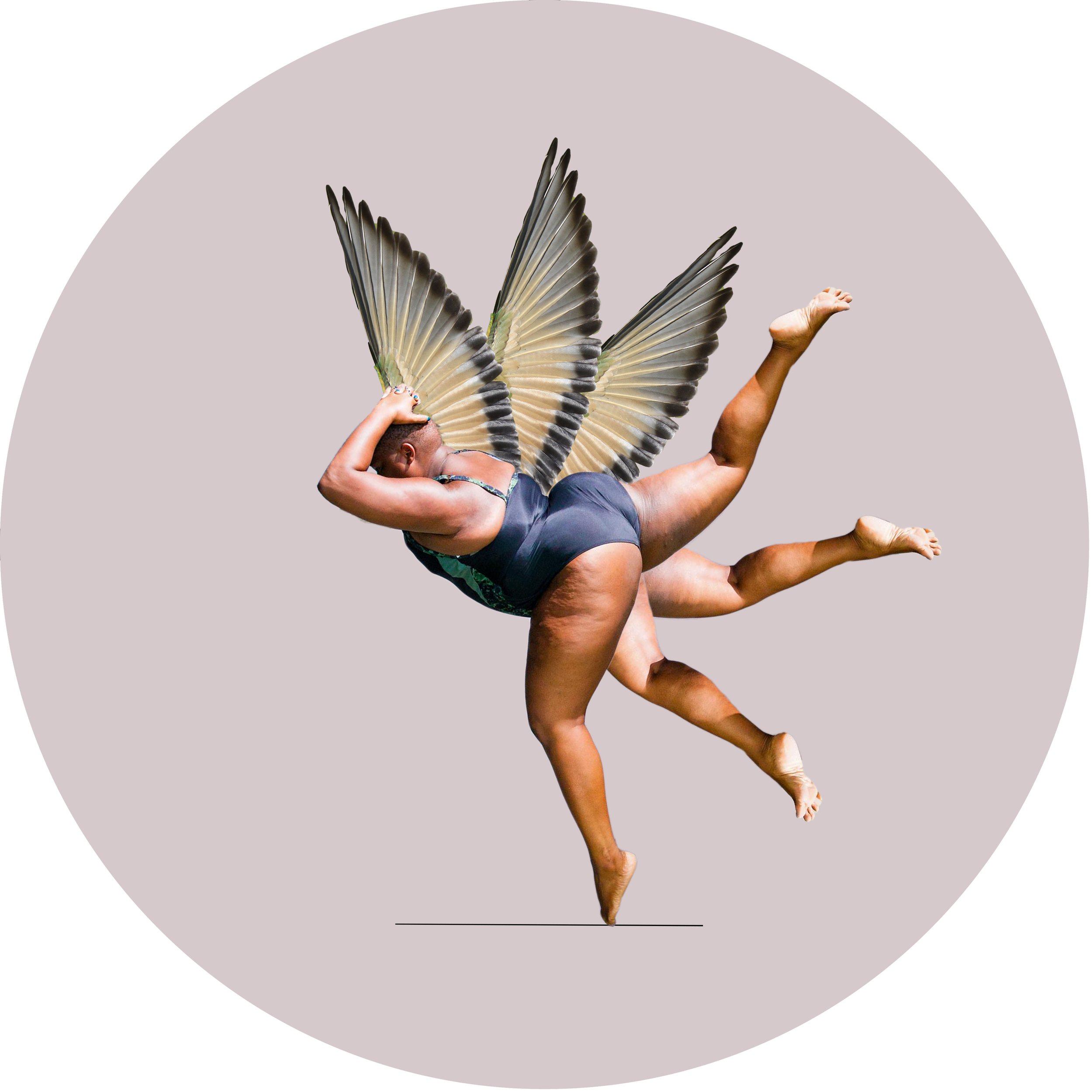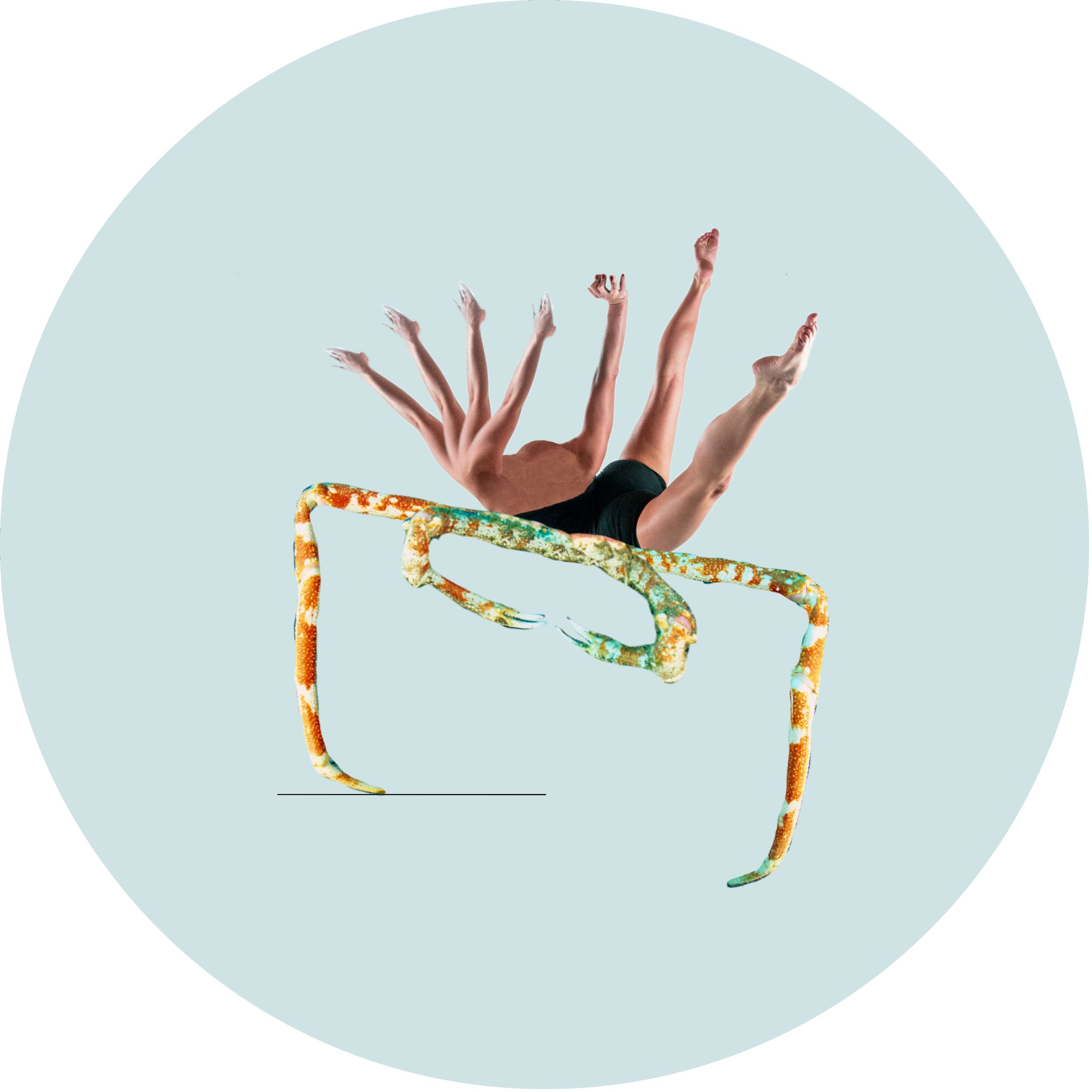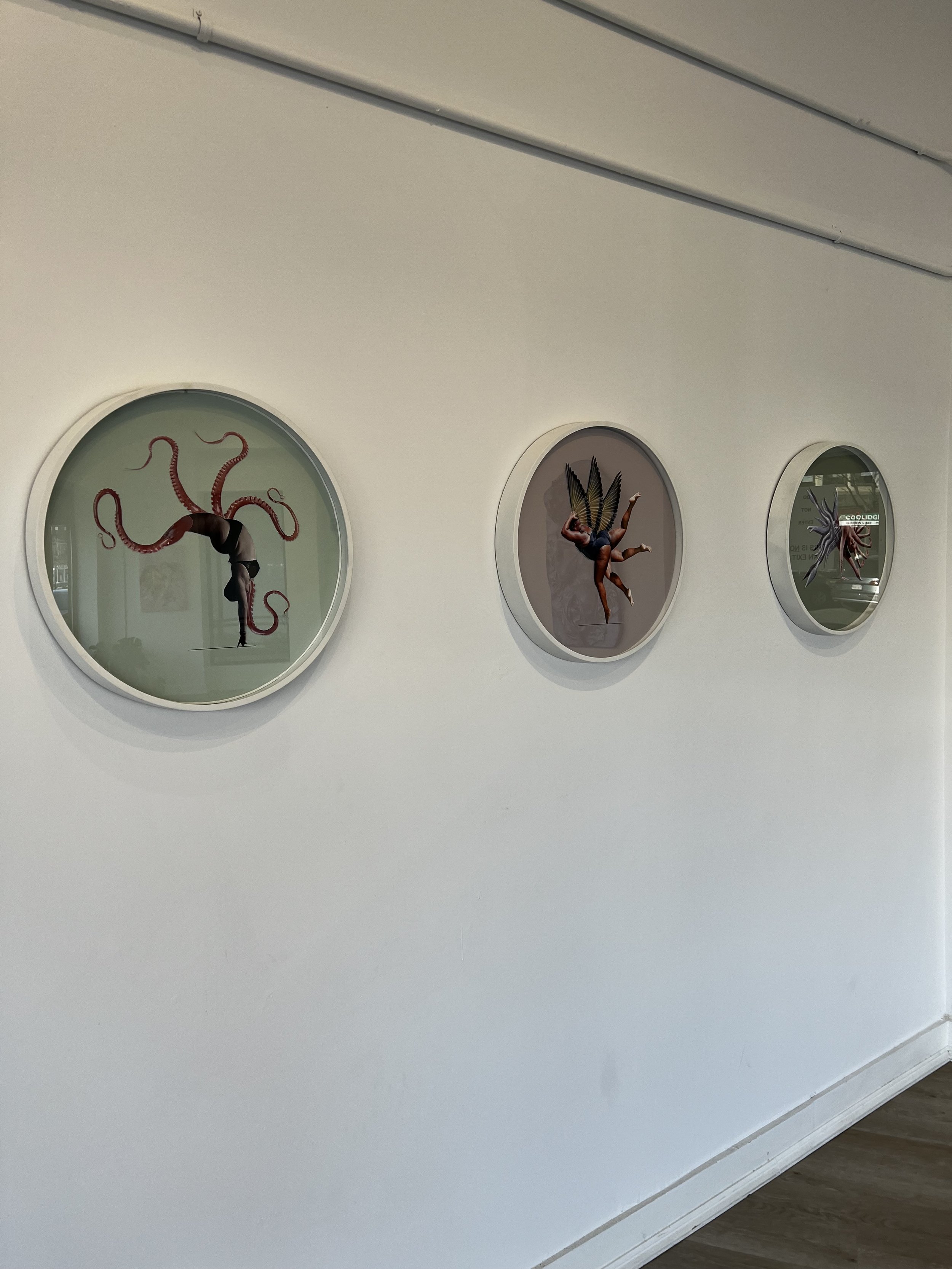MARGARET HART
-
Science and art are two main interests of mine, and in this work, I see them combined in imaginative ways. Genetic manipulation afforded by CRISPR technologies and our developing sense of the agency of all non-human subjects, merge in these pieces to explore exciting new possible outcomes or connections. Nature, biology and technology have much to teach us and are venues to our expanded sense of humanity. With a conscious nod to science fiction, my work scratches the surface of what may be and what is possible.
My new collage work explores the relationship between human subjects and non-human agents, such as animals, fauna and technology. The collage form is one of transformation and transition, and suggests an unfixed state, or an incompleteness, in the progress of becoming something more. These works exist in a Posthuman time and articulate a philosophical framework of inclusivity and fluidity. By embracing the ideas of variety and change, these works allow for a multiplicity of subjects in various stages of transformation and eliminates a hierarchical positioning of subjects. This generative process is central to the practice of collage, but also a hopeful position to view our continued evolution as a species.
-
This work brings together issues of connection, replication, and transformation through collage-based works. The works are multi-layered in both process and content. The works address the entangled and sprawling problems which have been unleashed on the planet in the time of the Anthropocene, while also exploring speculative futures in this posthuman era. There are many points of crossover between climate and identity throughout, creating a strong visual and contextual dialogue.
Working in a digital form to initially create the work, I then recreate the collages in an analog form, allowing the layers to physically emerge. The circular presentation mimics many forms, such as a camera lens, microscope, or petri dish, which adds to the conceptual layering I am interested in. The portraits each are built from combinations of human and non-human elements creating the chimeric portraits.
How did your relationship with art and artistic expression begin?
I remember visiting the Chicago Art Institute Museum on a school field trip when I was young. I was mesmerized by a painting by Van Gogh and thought “I want to make art for a living.” That moment, although short and early in my life, profoundly impacted my choices going forward. Luckily, I had very extensive art courses in my middle and high school years, so when I went to college I was already seriously committed to the fine arts.
What kind of process went into organizing your “Chimera Portraits”? What were some of your biggest considerations with this project?
I build my pieces, informed by science fiction and posthuman studies, in Photoshop, printing the images out to physically cut and collage them, moving fluently between the digital and the physical. This process parallels the hybrid and chimeric as the subjects of my work. Claire Ogden says of my process, “This dedication to multi-layering––in practice and in form––belies a scientific and poetic dedication to picking things apart, putting them back together, putting them up to the light and recombining for new and speculative assemblages.”
In your artist statement, you wrote how these pieces exist in a “posthuman era” and “articulate a philosophical framework of inclusivity and fluidity.” Can you expand on that? What comment are you making on our current social and cultural climate, if any?
Bodies have been changing with each century. We now find ourselves in a time of the Posthuman. The changes that are happening now are paradoxical: bodies expanding outward through the uses of electronic communication, as if they are prostheses, to bodies shrinking to the smallest dimensions such as our DNA codes. Examples of these opposite positions are the internet and the Human Genome Project. The Internet can stand in for all the technical aspects that expand human perception and abilities, most notably as in the form of a cyborg. The Human Genome Project seeks to understand the body as code, reinventing the organic body as a coded machine which can be manipulated. Donna Haraway, a science and technology scholar has engaged with ideas concerning the cyborg in detail and Katherine Hayles, a postmodern literary critic, has studied and analyzed the emergence of the posthuman, but little work has been done to understand how they generate new forms of visuality. My collage works seek to do just that.
Why, of all mediums, did you decide upon photography and collage work to combine your interest of art and science?
I was trained in photography from the undergraduate and graduate levels, so photography has always been a jumping off point for all of my projects. My most recent collage work is informed by my PhD studies which I completed in 2019. In my dissertation I argued that collage is uniquely suited to address issues of gender and posthumanism. Much of my past work has been informed by feminist theories on gender identity and I gravitated towards the tenets of posthumanism (variation, multiplicity, non—hierarchical relations, fluidity, interconnectedness and transformation) to develop a form of collage that incorporated both of these positions. Because there is a pace for non-human subjects to have agency in posthumanism I began to introduce technology, flora, fauna, and animal elements into my collage to create the hybrid creatures that make up the Chimera Portraits.
If you had to sum up a message/lesson behind your recent work in one sentence, what would it be?
Imagine a cyborg/chimera: a kind of collage, a becoming of gender possibilities, a hybrid created from fragments of technology, organic parts and human forms, then imagine the world we could create if beings like this were possible..
What is “ART” to you?
Art is a practice and a process of allowing one’s imagination to speculate on internal ideas and then manifest them in some form. It has the ability to address cultural issues or to quietly record more private moments. Artworks which are shared create conversations about ideas and have the ability to inspire others.
What has been the most challenging part of your journey as an artist? And what has been the most rewarding?
The most challenging part of being an artist is the difficulty one can have getting your work out in the world. The gallery and museum systems are difficult to navigate and they only reach specific audiences. My most rewarding experiences have been finding alternative sites to show my work where I can interact with an audience who may be new to contemporary art.
What is one piece of advice you would give to an aspiring artist?
If you cannot see yourself doing anything else but being an artist, just keep going. It can be challenging at times, but if you are passionate and flexible you can find a way to have a career in the arts.
What are three things that you would want the BAC community to know about you?
I am a Professor at UMass Boston in the Art and Art History Department
I am a mother on an amazing 18 year old son who is heading to college next year
Boston has some amazing artists and we all need to get out more and support each other.
What is next for you? Where can people find you?
I am a member of the Kingston Galley and will be shwing there again in the fall. I work in an upcoming exhibition at the Ely Center for Contemporary Art in New Haven, CT, starting on March 12th.




